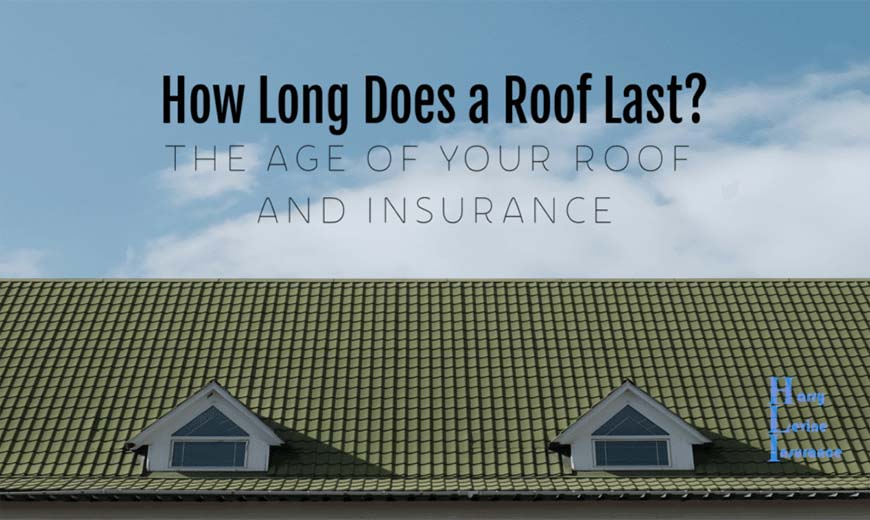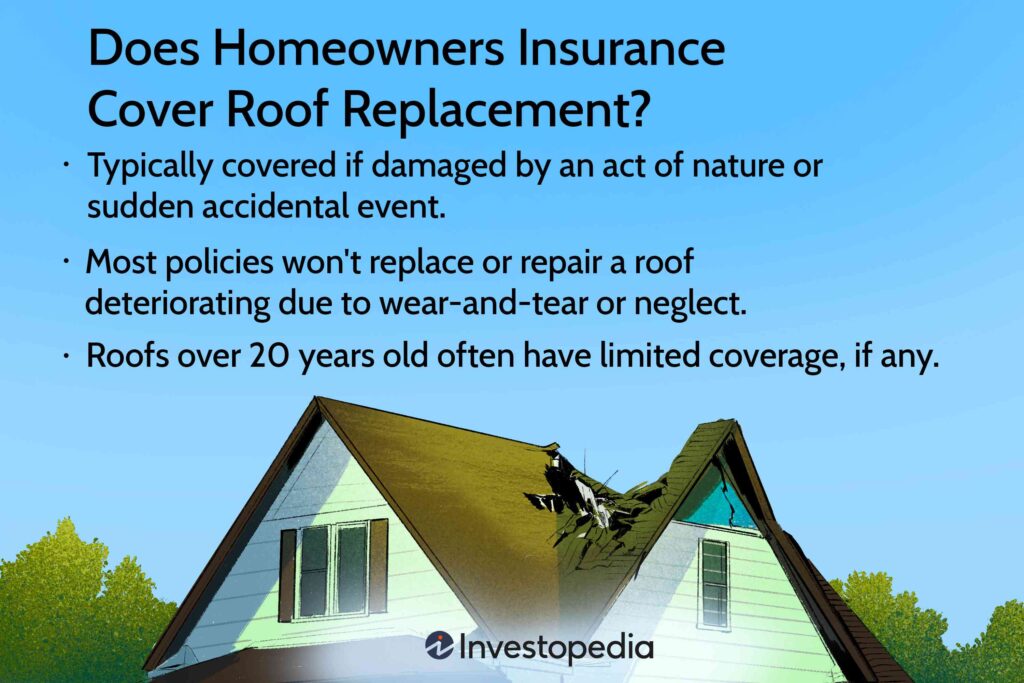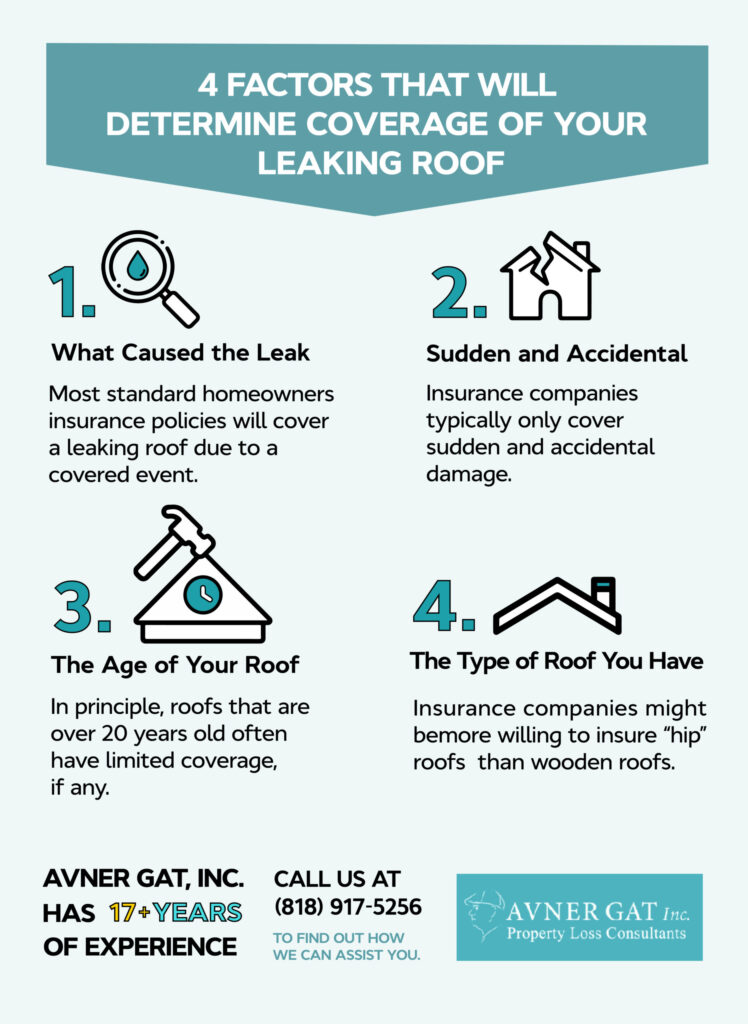In the world of insurance, the age of your roof is a factor that can significantly impact your coverage. Understanding how old a roof can be before insurance deems it too old is vital information for homeowners. As your most valuable asset, your home deserves the best protection, and navigating through the complexities of insurance considerations for roof age is crucial to safeguarding your investment. In this article, we will explore the implications of an aging roof on insurance policies and provide valuable insights to help you make informed decisions regarding your coverage.
Determining Roof Age
Determining the age of your roof is crucial when it comes to insurance coverage. Insurance companies have specific requirements and guidelines regarding roof age, which can affect your premiums and coverage. As a responsible homeowner, it is your duty to understand these factors and take appropriate actions to maintain your roof.
Homeowner’s Responsibility
As a homeowner, it is your responsibility to stay updated on the condition and age of your roof. Regular inspections and maintenance are vital in ensuring the longevity of your roof. By actively monitoring the age of your roof, you can be prepared for any potential insurance implications and take necessary steps to protect your investment.
Roof Inspection
To determine the age of your roof accurately, it is advisable to hire a professional roofer for an inspection. A skilled inspector will not only determine the age but also assess the overall condition of your roof. They will examine key aspects such as shingle wear, granule loss, and any signs of damage or deterioration. Based on their findings, you will have a comprehensive understanding of the age and condition of your roof.
Insurance Company Requirements
Each insurance company has its own set of requirements and guidelines regarding roof age. While some companies do not have strict limitations, others may have specific cutoffs. It is essential to review and understand your insurance policy to ensure compliance with their guidelines. Failure to do so may result in coverage limitations or denial of claims related to roof damages.
Insurance Premiums
The age of your roof plays a significant role in determining your insurance premiums. Insurance companies consider roofs with older ages to be more susceptible to damage and require higher premiums to offset the potential risks.
Effect of Roof Age on Premiums
Generally, as the age of your roof increases, your insurance premiums may also rise. This is because aging roofs are more prone to leaks, hail damage, and other issues. Insurance companies view older roofs as higher risks and adjust premiums accordingly.
Discounts for New Roofs
On the other hand, insurance companies often offer discounts for homeowners with newer roofs. Newer roofs are less likely to have pre-existing damage or structural issues. By installing a new roof, you can demonstrate your commitment to maintaining your property and potentially qualify for lower insurance premiums.
Penalties for Old Roofs
If your roof exceeds a certain age determined by your insurance company, you may face penalties or limitations on your coverage. Some insurers may refuse to provide coverage altogether if your roof is too old. It is crucial to be aware of any age restrictions outlined by your insurance policy to avoid potential coverage gaps.

This image is property of www.harrylevineinsurance.com.
Roof Material Considerations
The choice of roofing material can significantly impact your insurance coverage and premiums. Different materials have varying levels of durability, which can affect the overall life expectancy of your roof.
Durability of Different Materials
Certain roofing materials, such as metal or slate, are known for their exceptional durability and longevity. These materials can withstand harsh weather conditions and are less prone to damage, resulting in a longer lifespan. On the other hand, materials like asphalt shingles may have a shorter lifespan due to their susceptibility to wear and tear.
Impact on Insurance Coverage
Insurance companies take into account the durability of your roofing material when assessing coverage and premiums. Materials that are more durable and have longer lifespans may be seen as lower risks, potentially resulting in lower insurance premiums. Conversely, materials with shorter lifespans may lead to higher premiums or coverage limitations.
Maintenance Requirements
Different roofing materials require varying levels of maintenance. Some materials may need regular inspections, cleanings, or treatments to ensure their longevity and performance. Insurance companies may consider the maintenance requirements of your chosen material when assessing coverage and premiums. It is important to consider the maintenance obligations associated with your roofing material in order to maintain a comprehensive insurance policy.
Roofing Repairs and Replacement
Roof repairs and replacement are common activities that come with owning a home. However, these actions can have implications for your insurance coverage.
Effect on Insurance Coverage
When repairing or replacing your roof, it is crucial to inform your insurance company of these changes. Failure to disclose roof repairs or replacements can result in coverage issues and potential claim denials. By keeping your insurer informed, you ensure that your coverage remains valid and that any future claims related to your roof will be processed smoothly.
Age Considerations
Insurance companies may take the age of your repaired or replaced roof into account when assessing coverage and premiums. If your roof is relatively new, insurers may offer more extensive coverage or lower premiums. Conversely, if your roof is older, insurers may adjust your coverage and premiums accordingly.
Cost Implications
Roof repairs and replacements can be costly endeavors. When planning for these projects, it is important to consider the cost implications and how they may affect your insurance coverage. Some insurers may require specific documentation or proof of work to ensure that the repairs or replacements were done properly. It is advisable to consult with your insurer prior to embarking on any significant roofing repairs or replacements to ensure compliance with their requirements.

This image is property of www.qeiroof.com.
Additional Insurance Coverage
In addition to standard homeowners’ insurance, certain coverage options can provide additional protection for your roof. These options can be particularly beneficial for homeowners with older roofs or those residing in areas prone to severe weather conditions.
Extended Replacement Cost Coverage
Extended replacement cost coverage is an add-on to your homeowners’ insurance that provides extra protection for your roof. This coverage is designed to cover the cost of rebuilding or repairing your roof, even if the expenses exceed the insured value of your home. Having this coverage can provide peace of mind and financial protection in case of any unforeseen roof damage.
Inflation Guard Endorsement
An inflation guard endorsement is an insurance add-on that adjusts the insured value of your roof and the overall structure of your home to keep up with inflation. This endorsement ensures that your coverage amount keeps pace with rising construction costs over time, providing adequate funds for roof repairs or replacements.
Ordinance or Law Insurance
Ordinance or law insurance is another important coverage option for homeowners. This coverage protects you from increased costs when repairing or rebuilding your roof due to changes in building codes or regulations. With this coverage, you can have financial protection against unexpected expenses resulting from compliance with updated building standards.
Underwriting Process
During the underwriting process, insurance companies evaluate numerous factors to determine your policy eligibility and premiums. Roof age is one of the key aspects considered during this evaluation.
Roof Age as a Factor
Insurance companies typically categorize roofs into different age groups, such as new (0-5 years), middle-aged (6-15 years), and old (16+ years). The age of your roof will impact your policy eligibility and premiums. Newer roofs are generally viewed more favorably, while older roofs may face greater scrutiny or limitations.
Insurance Inspection
In some cases, insurance companies may require a roof inspection to verify its condition and age. Inspections may be conducted by an insurer’s representative or an independent third-party inspector. The result of the inspection can influence your policy eligibility and premiums.
Impact on Policy Eligibility
The age and condition of your roof can impact your overall policy eligibility. If your roof is deemed to be in poor condition or exceeds the maximum age limits outlined by your insurance company, you may be considered a higher risk. As a result, your policy eligibility may be affected, or you may be required to address the issues before obtaining coverage.

This image is property of www.investopedia.com.
Claims Process
In the unfortunate event of roof damage, understanding the claims process is essential. Various factors, including roof age, come into play during the settlement of roof damage claims.
Coverage for Roof Damage
Most homeowners’ insurance policies cover roof damage caused by specific covered perils, such as wind, hail, fire, or falling objects. However, coverage may vary depending on your policy’s terms and conditions. It is important to review your policy to understand the coverage provided for roof damage.
Depreciation and Actual Cash Value
When filing a roof damage claim, insurance companies often apply depreciation to the cost of repairs or replacement. Depreciation accounts for the wear and tear of your roof over time, and the settlement amount is typically based on the actual cash value (ACV) of your roof. ACV takes into account the age, condition, and remaining lifespan of your roof.
Claims Settlement Considerations
The age of your roof can influence the claims settlement process. In some cases, insurance companies may only provide coverage for the depreciated value of an old roof. This means that you may be responsible for a significant portion of the repair or replacement costs. It is essential to closely examine your policy and understand the settlement considerations related to roof age to avoid any surprises during the claims process.
Roof Maintenance and Care
Regular maintenance and care are crucial in prolonging the lifespan and performance of your roof. By implementing a proactive approach, you can potentially prevent certain damages and maintain a comprehensive insurance policy.
Regular Inspections
Having regular inspections conducted by a professional roofer helps identify any underlying issues or potential damages. Inspections allow you to address problems early on, reducing the chances of larger, more costly damages. By keeping your roof in good condition, you demonstrate to your insurance company that you are actively maintaining your property.
Prompt Repairs
If an inspection reveals any issues with your roof, it is crucial to address them promptly. Delaying necessary repairs can lead to further damage and potential coverage issues with your insurance company. By promptly addressing any repairs, you ensure that your roof remains in optimal condition and your coverage remains intact.
Cleaning Gutters and Downspouts
Regularly cleaning your gutters and downspouts is an important part of roof maintenance. Clogged gutters can cause water to back up, potentially leading to roof damage and leaks. Ensuring that your gutters are clean and functioning properly helps prevent water from pooling on your roof, reducing the risk of damage.

This image is property of www.avnergat.com.
Wind and Hail Damage
Wind and hail are common causes of roof damage, and the age of your roof can impact its vulnerability to such perils. Understanding how your insurance coverage addresses wind and hail damage is crucial for protecting your investment.
Roof Age and Vulnerability
As roofs age, they may become more vulnerable to wind and hail damage. Shingles may become brittle, lose granules, or become loose, increasing the risk of damage during severe weather events. Insurance companies take these vulnerabilities into account when assessing coverage and premiums.
Insurance Coverage for Wind and Hail
Most standard homeowners’ insurance policies provide coverage for wind and hail damage. However, coverage limitations and deductibles may apply. It is essential to review your policy and understand the specific coverage provided for wind and hail damage.
Effect on Claims Settlement
When filing a wind or hail damage claim, your insurance company may consider the age and condition of your roof. Older roofs may be subject to greater depreciation, potentially resulting in a reduced settlement amount. It is important to be prepared for potential settlement considerations based on the age of your roof and discuss these details with your insurance company.
Roof Replacement Guide
When the time comes to replace your roof, proper guidance and understanding of the process are essential. A well-executed roof replacement project can protect your investment and ensure a smooth insurance claims process if needed.
Signs of Roof Deterioration
Before replacing your roof, it is important to identify the signs of deterioration. These signs may include cracked or curled shingles, water stains on the ceiling, leaks, or visible wear and tear. By being proactive and addressing these issues promptly, you can prevent further damage and maintain a comprehensive insurance policy.
Choosing a Qualified Contractor
Selecting a qualified and reputable roofing contractor is crucial for ensuring a successful roof replacement. Consider their experience, certifications, and customer reviews when making your decision. A skilled and professional contractor can perform a quality replacement, minimizing the chances of future issues and ensuring compliance with your insurance company’s requirements.
Insurance Documentation Requirements
When replacing your roof, it is important to maintain proper documentation for insurance purposes. Your insurance company may require specific documentation, such as proof of purchase, detailed invoices, or before and after photos. By keeping thorough documentation, you ensure a smoother claims process should any future damage occur to your new roof.
In conclusion, the age of your roof has significant implications on your insurance coverage and premiums. As a responsible homeowner, it is crucial to understand these considerations and take appropriate actions to protect your investment. Regular inspections, prompt repairs, and proactive maintenance are key in preserving the lifespan and performance of your roof. By staying informed and proactive, you can ensure that your roof remains in optimal condition and maintain a comprehensive insurance policy.

This image is property of files.alicor.net.
